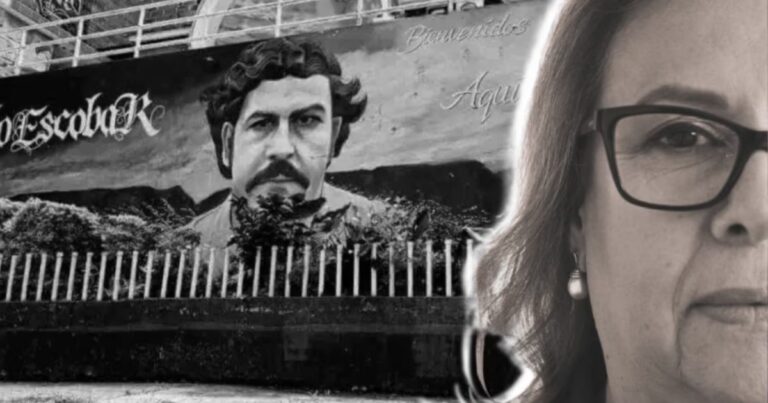
The publication of the central government’s Decree No. 1166 on November 4 sparked intense controversy in Colombia’s social housing sector. The new standards will eliminate the requirement for construction permits for remedial programs, in-house construction, and construction on your own site, and in some cases replace it with a professionally signed “letter of responsibility.”
The decision affects a country where some 5 million households face a housing shortage and raised concerns about the fate of more than $12.5 billion in public resources that could be invested in unlicensed projects.
In light of this, Sandra Forero, former president of the Colombian Chamber of Construction (Camacor) and a member of Bogota’s city council, criticized the regulation. For her, this measure means a rollback in regulation of the housing sector. “Decree 1166 is very serious, especially in a country where about 5 million households are experiencing a housing shortage, both quantitatively and qualitatively. This regulation is terrible.”he said.
According to her, the abolition of construction permits in remediation and self-build programs means that compliance with technical standards, such as seismic resistance, will no longer be guaranteed by formal processes and will depend on professional certification. “Only the construction permit guarantees that standards such as seismic resistance are met. This will remain in the hands of unqualified persons and territorial entities, which will play above all with the trust of households,” he warned.
Mr. Forero also questioned the management of public resources allocated to public housing. He recalled that the government had promised to improve 400,000 homes, but had so far only subsidized 50,000 homes. “Imagine each home has about $31 million; This would provide more than $12.5 billion for unlicensed projects, projects that may not comply with standards, and projects that may be located in high-risk areas. “Are we really going to spend the country’s money on this?” he asked.
For the councilor, this measure increases financial, social and technical risks. “The financial risks are high because funds are being used for projects that are not approved. The social risks are high because there is no way for families to ensure that their projects are compliant. The risks to the lives of families are also high because the projects do not even meet seismic standards.”
In response to this controversy, the National Urban Curator University issued a statement clarifying the scope of Decree No. 1166. According to the union, the standards issued by the Department of Housing, Urban Affairs and Territories: “It does not eliminate the requirement for a building permit for alterations in Colombia, as has been incorrectly interpreted in some sectors of the construction industry.”
According to this, the ordinance introduces a diagram of a technical document called a “statement of responsibility.” It can only replace permits in social housing and priority benefit housing projects that are directly subsidized by central government. The alternatives apply to modalities such as:
- home improvement.
- Advanced housing.
- Constructed on our own premises.
- Self-construction based on self-management programs.
Similarly, the CNCU noted that the measure is not yet regulated and the Executive has a six-month period to decide on implementation. On the other hand, certification of compliance with technical and urban planning standards will be left to regional bodies, the central government and the Family Compensation Fund. The organization emphasized that the urban licensing system established by Law No. 388 of 1997 and Decree No. 1077 of 2015 remains in force, and the official function of urban curators in municipalities that have adopted this figure.

Regarding the limitations of the new regulations, the University clarified that Decree 1166 does not apply to unsubsidized construction, risk and environmental protection sectors, or rural housing.
Furthermore, he argued that the “liability document” does not eliminate technical controls, but rather transfers the burden of demonstrating regulatory compliance to the professionals responsible for the design and construction of the works, and that the legal consequences of non-compliance must be borne by the professionals.
“The role of the city curator remains intact.” The National Association of Urban Curators said this while reaffirming its commitment to legal safety, correct application of urban planning regulations, and protection of human life.



